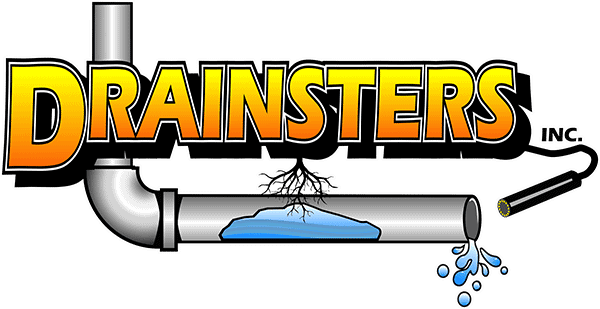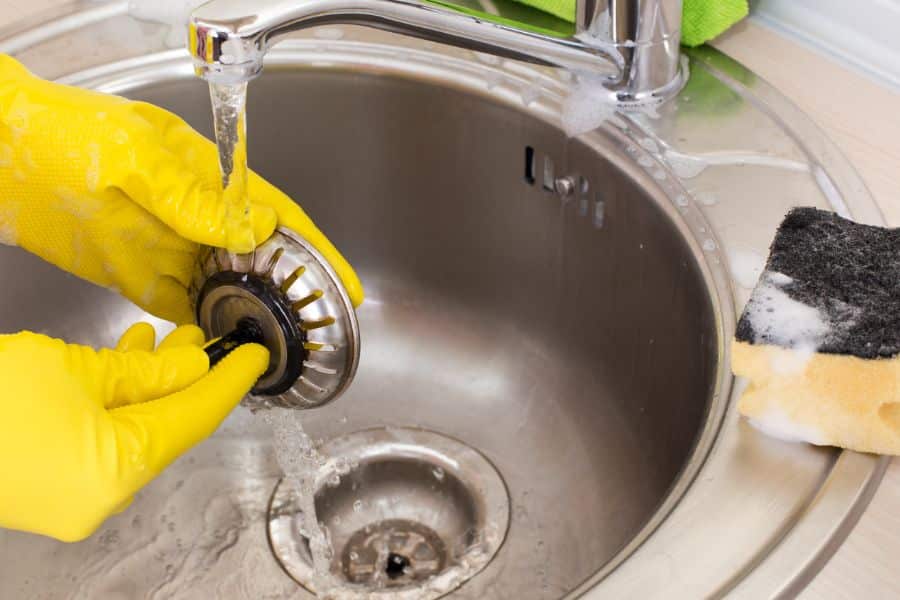Understanding Your Home’s Sewer System
A properly functioning sewer system is a vital yet often overlooked component of any home. This intricate network of pipes and drains is responsible for removing wastewater from your home and ensuring the hygiene and sanitation of your living space. Understanding how your home’s sewer system works is essential for proper maintenance, troubleshooting, and preventing potential issues. In this article, we’ll delve into the basics of your home’s sewer system, shedding light on its importance and how to keep it in optimal condition.
Components of a Home Sewer System
A typical home sewer system consists of several essential components:
- Drain Pipes: Drain pipes collect wastewater from sinks, showers, bathtubs, toilets, and other fixtures in your home. These pipes transport the wastewater to larger pipes for further treatment and disposal.
- Main Sewer Line: The main sewer line is a larger pipe that collects all the wastewater from various drain pipes within your home. This line carries the wastewater to the municipal sewer system or a private septic tank, depending on your location.
- Cleanout: A cleanout is an access point that allows professional plumbers to easily clean and inspect your home’s sewer system. It’s usually a capped pipe located at ground level or in your basement.
- Vent Pipes: Vent pipes are essential for maintaining proper air pressure within your plumbing system. They allow air to enter the system, preventing vacuum-like conditions that could hinder wastewater flow.
- Trap: A trap is a curved section of pipe located beneath sinks, showers, and toilets. It holds a small amount of water to block sewer gases from entering your home. Regularly used fixtures maintain the water seal in the trap.
- Septic Tank (if applicable): In areas without a municipal sewer system, homes often have septic tanks. These tanks store and treat wastewater from the house before releasing it into the ground.
How the System Works
When you use fixtures such as sinks, showers, and toilets, wastewater travels through drain pipes and into the main sewer line. Gravity helps move the wastewater downward, but in some cases, pumps might be needed to lift it to a higher level or longer distance. Once in the main sewer line, the wastewater is directed to a treatment facility or a septic tank for processing.
Maintenance and Prevention
Proper maintenance of your home’s sewer system is essential for preventing clogs, backups, and costly repairs. Here are a few tips to ensure its longevity and optimal functioning:
- Be Mindful of What You Flush: Avoid flushing non-biodegradable items, such as paper towels, diapers, and feminine hygiene products, down the toilet. Stick to toilet paper and waste that breaks down easily.
- Use Drain Guards: Install drain guards in sinks, showers, and tubs to catch hair, food particles, and other debris before they can enter the pipes.
- Avoid Pouring Grease Down the Drain: Cooking grease and oil can solidify and clog pipes over time. Dispose of grease properly in the trash.
- Regular Inspection: Schedule regular inspections by a professional plumber to catch potential issues early and prevent costly repairs.
- Professional Drain Cleaning: Enlist the services of professionals like Drainsters Inc. for periodic drain cleaning to remove accumulated debris and prevent clogs.
Understanding your home’s sewer system is the first step toward proper maintenance and ensuring its reliable functionality. By knowing the components, how the system works, and practicing good maintenance habits, you can keep your home’s sewer system in optimal condition, preventing avoidable issues and ensuring the overall health and well-being of your living environment.

